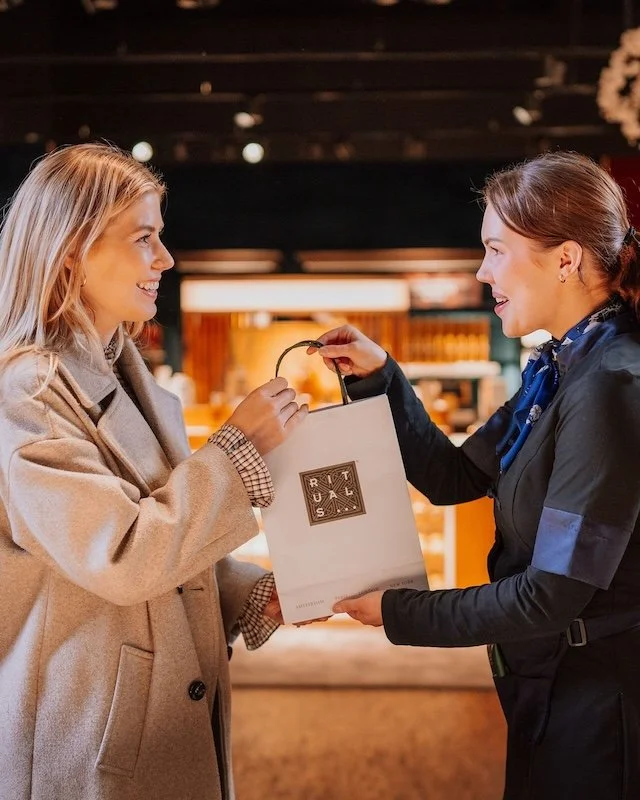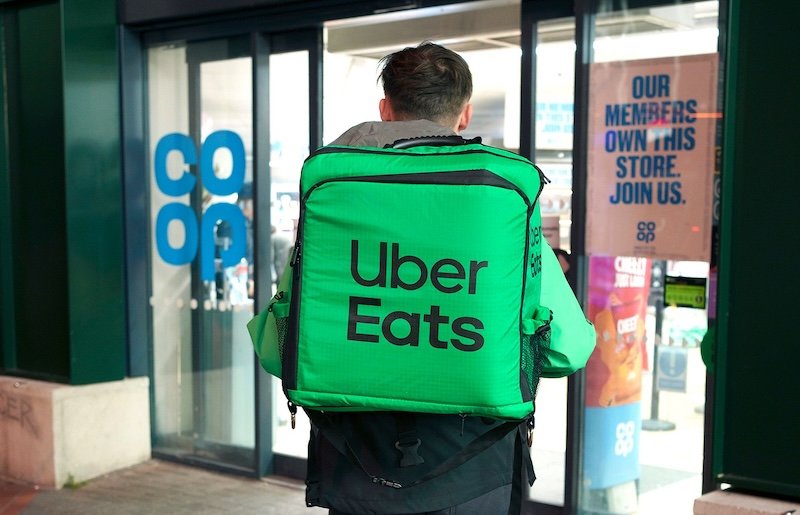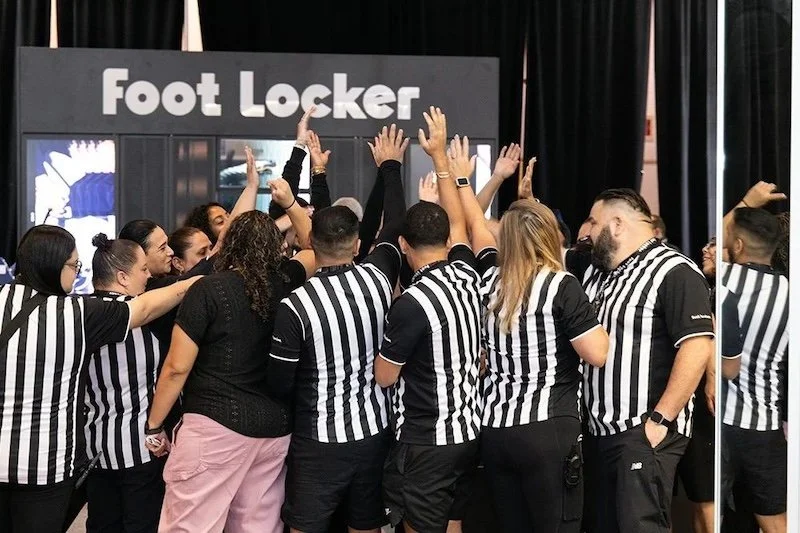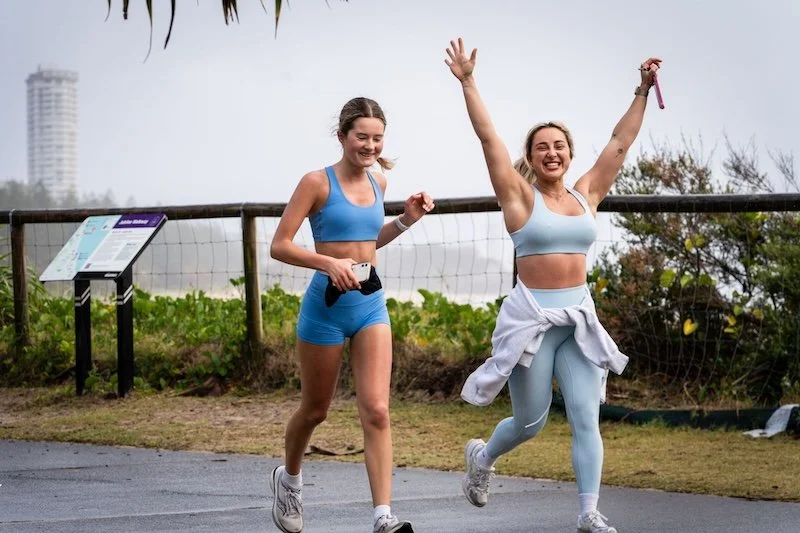John Lewis Operations Director Naomi Simcock discusses making retail technology count, CX and AI
“When I get customer interaction I want it to count. Technology can help with that.” So said Naomi Simcock, Operations Director at John Lewis, in a Q&A conference session with consultant, Andrew Busby, at Smart Retail Tech Expo on 27th February at ExCel in London.
“I’ve got a huge supply chain and other fixed costs, so interactions have to count. Pre- and post-sales customer experience (CX) data analytics tools can help the business improve,” added Simcock.
Fun virtual experience tools can also help retailers, such as how make up or glasses would look on your face.
“But be sure to focus on the outcome you want before you deploy any retail technology,” cautioned Simcock, before adding: “Stock is our biggest cost for instance, so inventory management and real-time availability are crucial project metrics.”
Investments in that area must positively impact the bottom line.
Simcock highlighted at Smart Retail Tech Expo 2024 how even simple installations like the roll-out of headsets can help. They have helped the UK-based retailer:
Increase customer interactions and metrics.
Decrease shrinkage, which is a real problem in the UK where theft has risen as the cost-of- living crisis has hit.
Staff safety. This is related to the rise in organised criminal gangs targeting high value goods.
“Our partners must feel safe,” insisted Simcock, referencing the mutual co-owned status of her more than 150 year-old organisation where employees are partners in the business.
Managing inventory
In answer to a question from the moderator Andrew Busby, Founder of Redline Retail Consulting, John Lewis’ Operations Director said that she thinks Screwfix, a large retailer of trade goods to consumers and professionals in the UK, has “nailed it” when it comes to managing inventory in a productive manner.
“I imagine their returns are low as their product details are so spot on,” she said in reference to their really good blended online and in-store offering.
“Our customers love shopping in-store. But they are more valuable when they shop all our channels,” she candidly admitted, hence the ongoing need to merge the retailers physical and virtual offer in a comprehensive and connected package that makes stock visible and uses data to enhance CX and ultimately sales.
Loyalty programmes crucial during cost-of-living crisis
Loyalty can be a big part of enhancing CX. In answer to a question from RTIH from the floor, Simcock said: “I think there is more to go on loyalty”, in terms of connecting it up in a data centric matter that emphasises CX and cross-selling.
“For example, if a newly pregnant woman comes to the shop or goes online, they will likely want to be walked through what they are going to need. Relevant advice must be targeted at mums therefore, but also segmented for grandparents, dads and others involved.”
The same could be said for new homeowners approaching the department store brand, which also owns the Waitrose supermarket in the UK.
Cautioned about overcommunicating and creating “excessive opt-outs” from marketing channels was advised, “but data tools can help with the best timing and frequency of mailouts or how to target offers effectively,” added Simcock.
Artificial intelligence
No retail trade show is complete at present without a debate about AI.
Simcock explained John Lewis is continuing to roll-out stock picking robots in its warehouses in the ongoing search for productivity during tough times for retailers whose profits have been adversely hit by the cost-of-living crisis, high inflation, interest rates and so on.
“If you’ve not productive you won’t have a business left.”
“We’re also using AI on forecasting at the moment and to roll-out virtual manuals for devices to make them more accessible in case customers lose access to paper instructions,” said Simcock, while stressing the need to balance the human factor in how the technology is deployed as “not all customers are the same” and accepting of machines rather than people.
“AI isn’t the answer to everything, nor will it fix everything,” concluded Simcock. “But I am super excited by the machine learning application, which can help predict when customers will come to our call centres, or shops for instance, and we can therefore improve resource management.”
A tricky 2024 was predicted for UK retailers as the cost-of-living crisis continues to impact sales like it did last year. But Simcock was hopeful that matters are at last improving as UK inflation is falling.
“An interest rate cut and getting the tax free shopping policy back for tourists would help,” said Simcock optimistically ahead of the imminent annual UK budget from the Chancellor of the Exchequer.
In the meantime, careful technology investment can help retailers cost their costs and improve CX and sales in the face of the present macroeconomic headwinds.






























Continue reading…